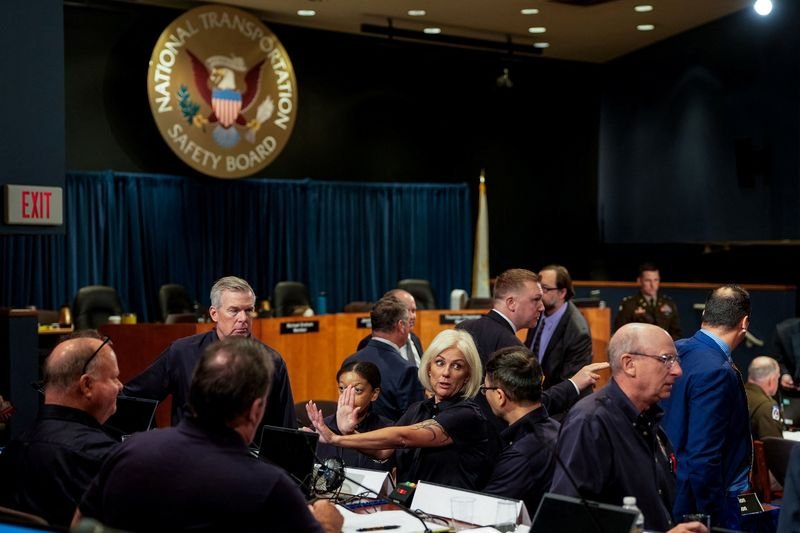FAA Plans Further Modifications to Helicopter Routes Following Tragic Collision
The Federal Aviation Administration (FAA) is actively working on additional alterations to helicopter routes in response to a recent fatal collision. This move comes as the authorities aim to enhance safety and efficiency in the skies, particularly for operations involving helicopters.
Understanding the Collision’s Impact
The incident that prompted this review involved a helicopter collision, leading to significant loss and raising numerous concerns about safety protocols. In the wake of this tragedy, the FAA recognizes the necessity for systemic changes to ensure that such accidents do not recur.
Proposed Changes to Helicopter Operations
The FAA is considering a range of operational adjustments aimed at improving flight safety. These may include revisions to existing air traffic control procedures, establishing new flight corridors, and enhancing communication practices among pilots and air traffic controllers. The goal is to minimize the likelihood of similar accidents in the future.
Safety Measures in Focus
As part of these proposed changes, the FAA is emphasizing the importance of safety measures. This includes not only technical adjustments but also training enhancements for pilots. By reinforcing best practices in pilot education, the FAA aims to instill a greater understanding of operational risks and safety protocols.
Collaboration with Industry Stakeholders
In implementing these modifications, the FAA plans to engage closely with industry stakeholders. This collaborative approach will ensure that the new policies are not only effective but also practical for everyday operations. Input from helicopter operators, safety experts, and industry associations will be vital in shaping the final outcomes.
Enhancing Air Traffic Management Systems
One of the critical areas under review is the air traffic management system. Upgrading these systems will facilitate better monitoring of helicopter flights, allowing for real-time adjustments and improved safety oversight. This technological enhancement aims to create a more integrated airspace management environment, particularly in congested urban areas where helicopter operations are commonplace.
Regulatory Framework Adjustments
In addition to operational changes, the FAA may outline necessary adjustments to the regulatory framework governing helicopter flights. This could involve revising rules about flight altitudes, routes, and operational protocols to create a safer airspace experience for both pilots and the public.
Community Involvement and Feedback
The FAA plans to actively seek feedback from local communities affected by helicopter operations. By understanding community concerns and experiences, the FAA hopes to make informed decisions that prioritize both safety and public comfort. Involving local residents gives a broader perspective on how helicopter routes impact daily life in various neighborhoods.
Timeline for Implementation
While the exact timeline for these changes is still under discussion, the FAA aims to expedite the process. Immediate safety concerns are of utmost priority, and stakeholders will be kept informed as the implementation phases develop. Regular updates will ensure transparency and maintain public trust in the decision-making process.
Conclusion on Future Steps
As the FAA works towards these significant changes in helicopter route management, the primary focus remains on enhancing safety measures and operational efficiency. By collaborating with industry experts and listening to community feedback, the FAA is dedicated to creating a safer airspace for everyone. The proposed alterations signify a proactive approach to preventing future accidents and promoting safer helicopter operations across the nation.
